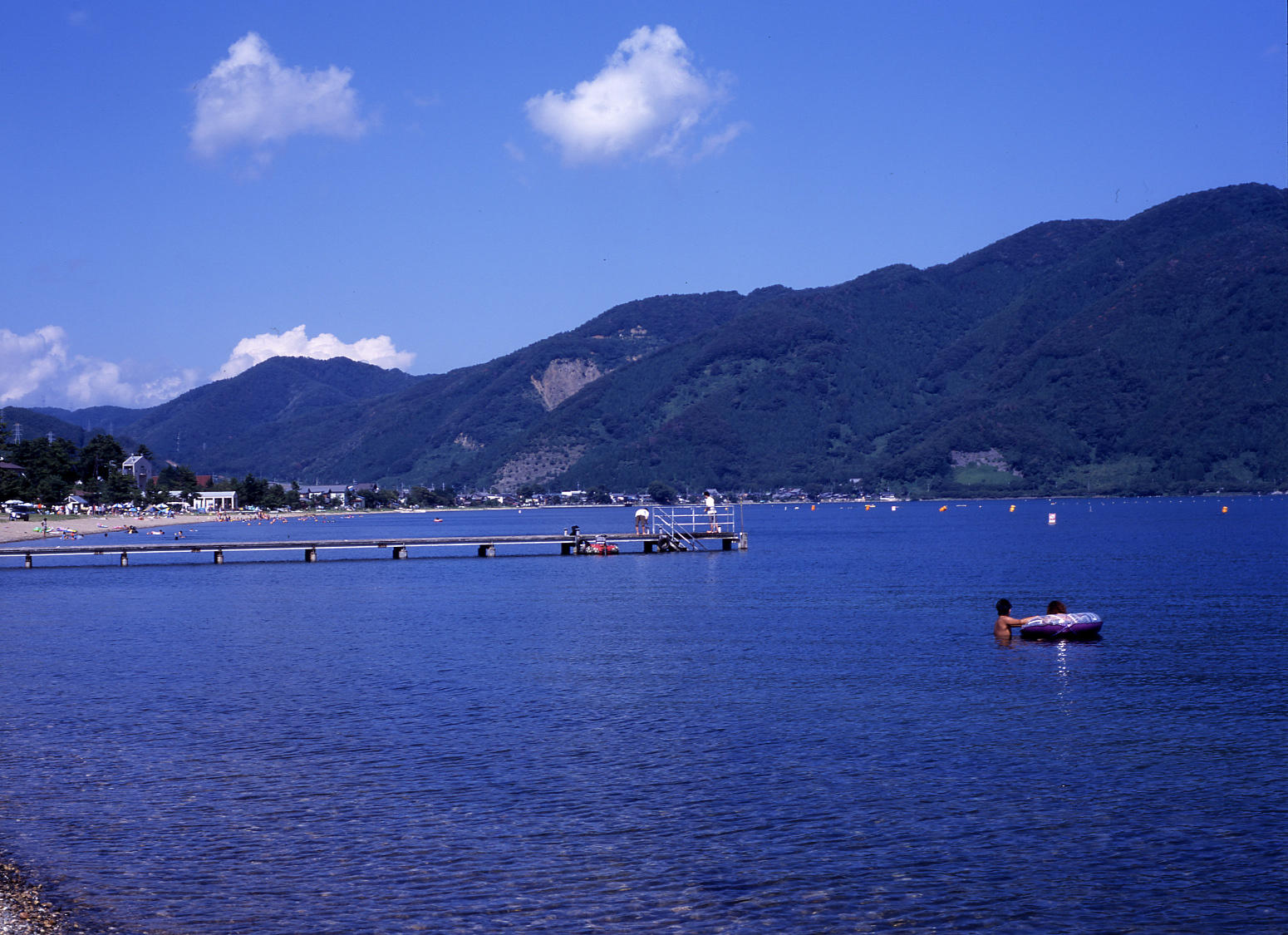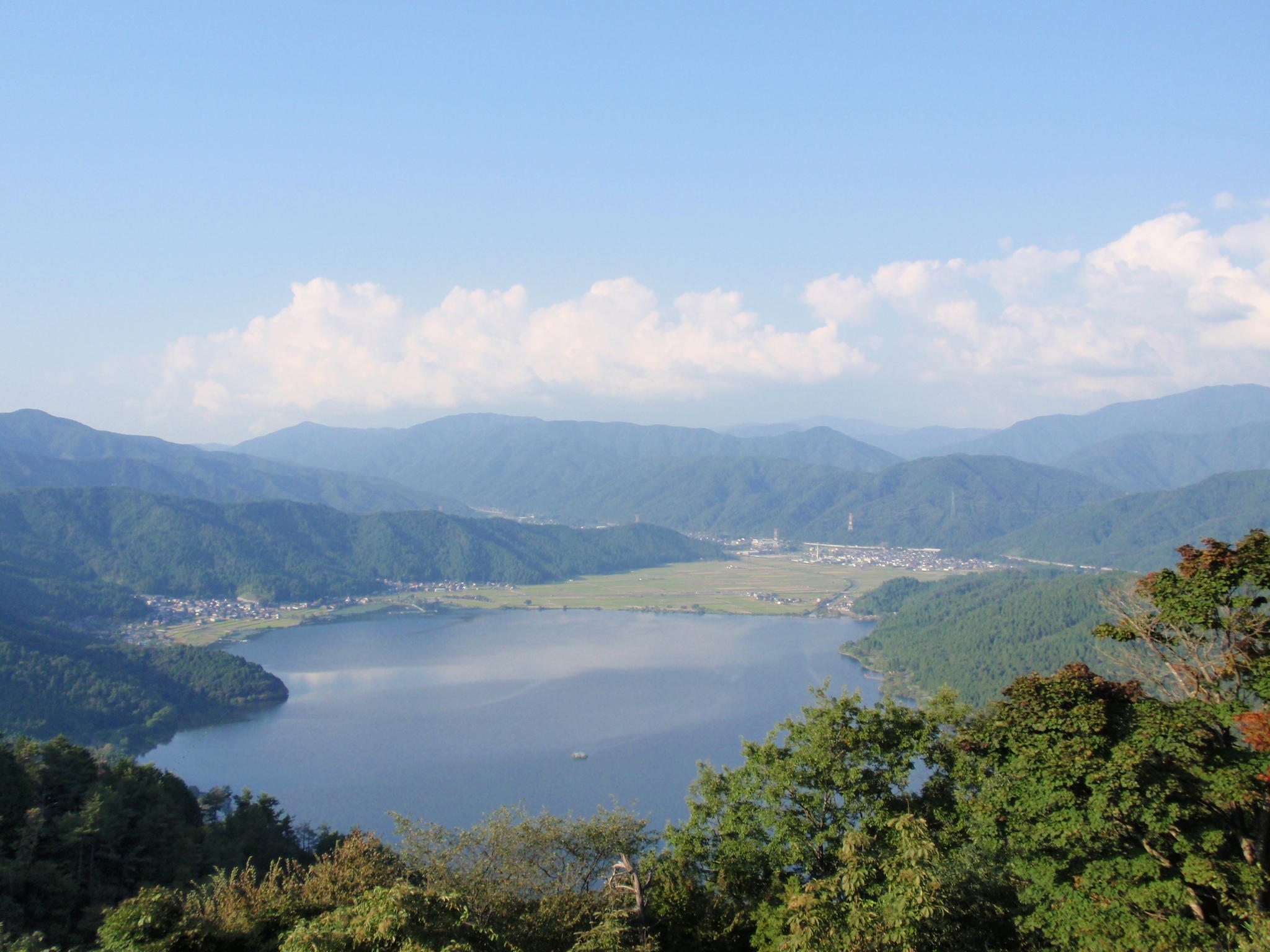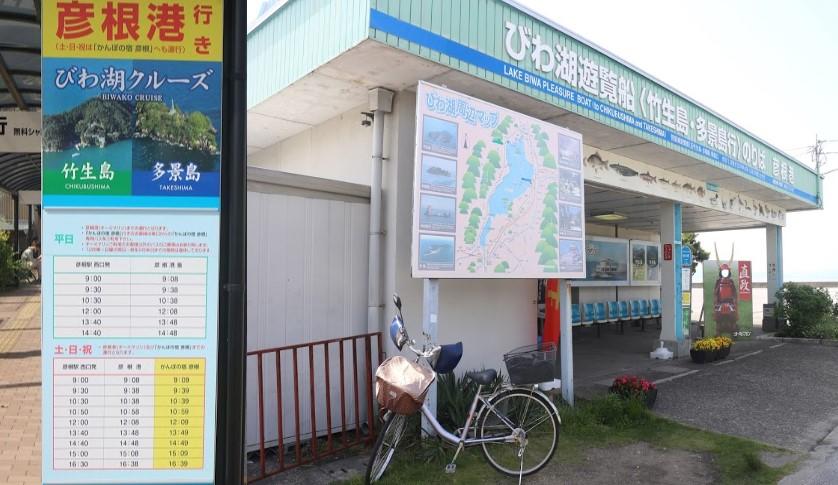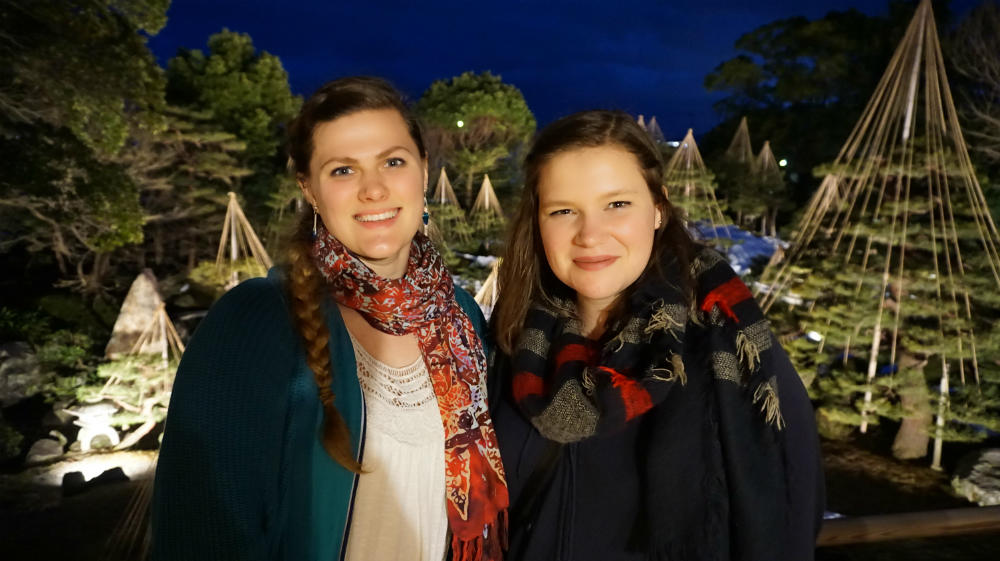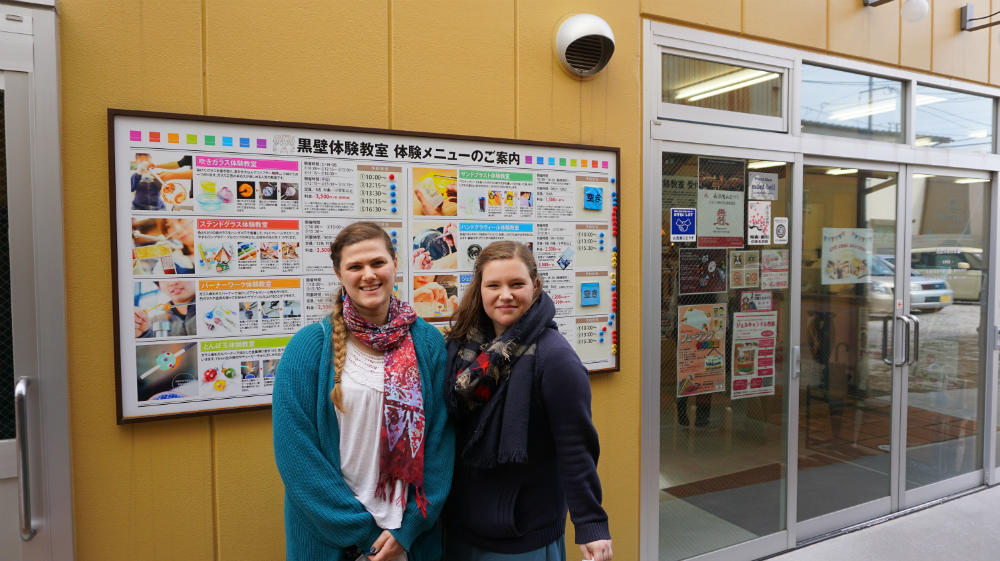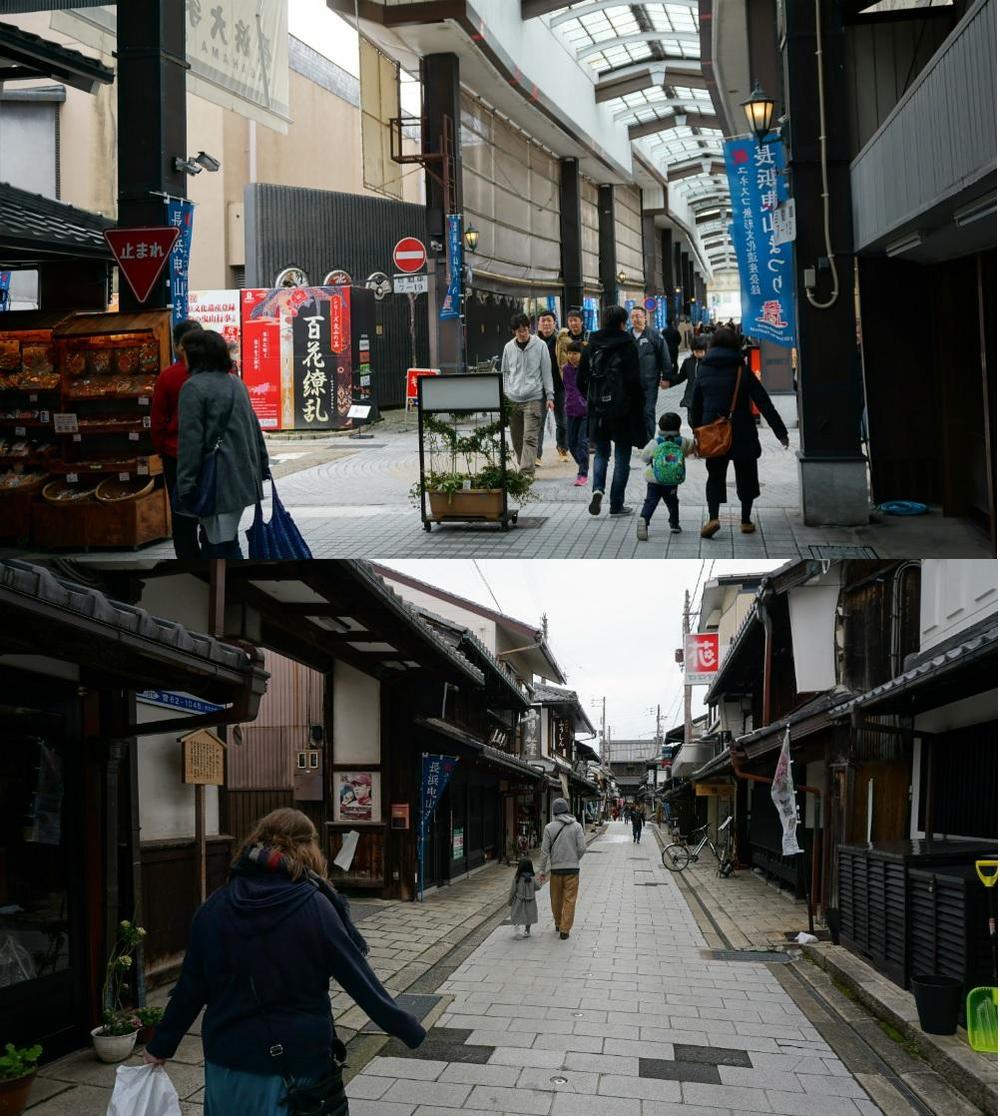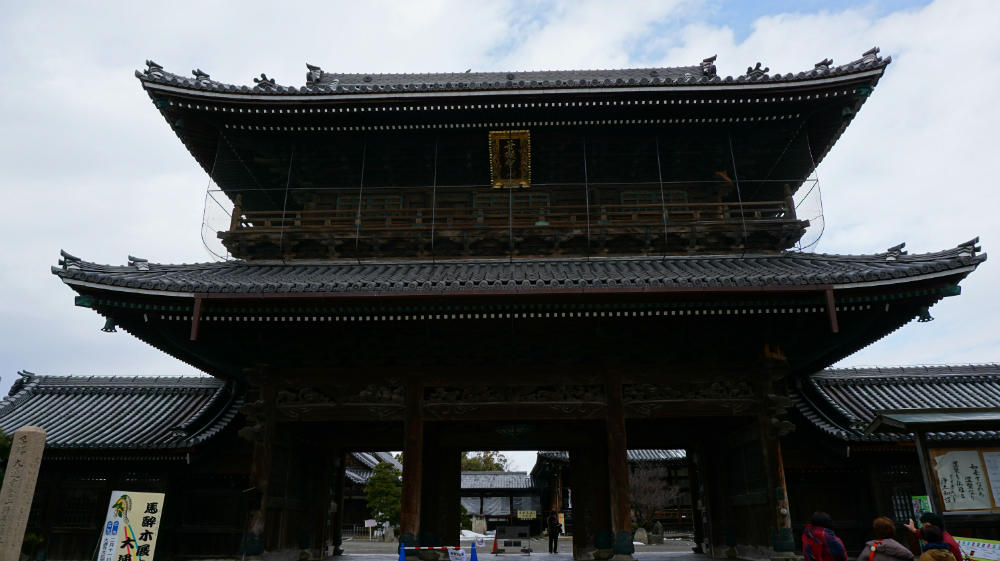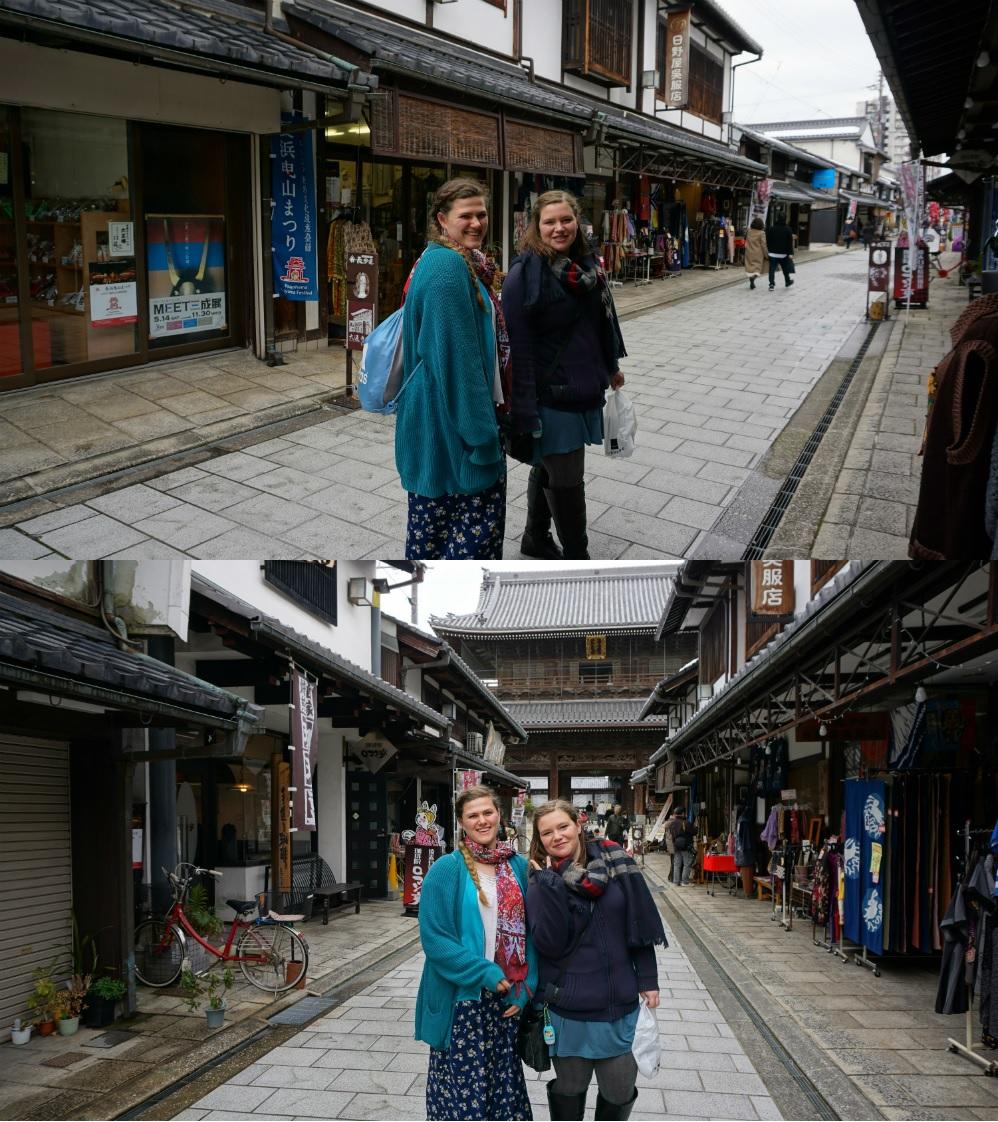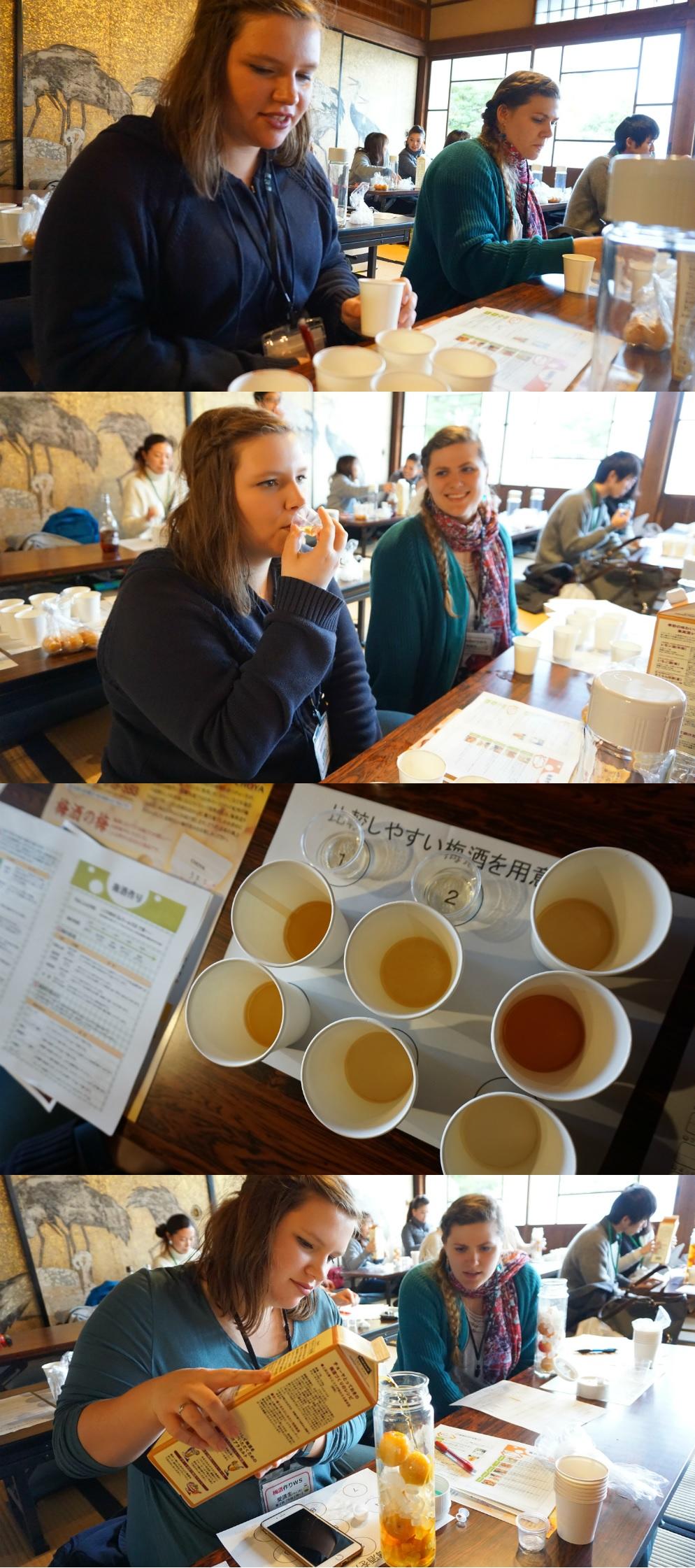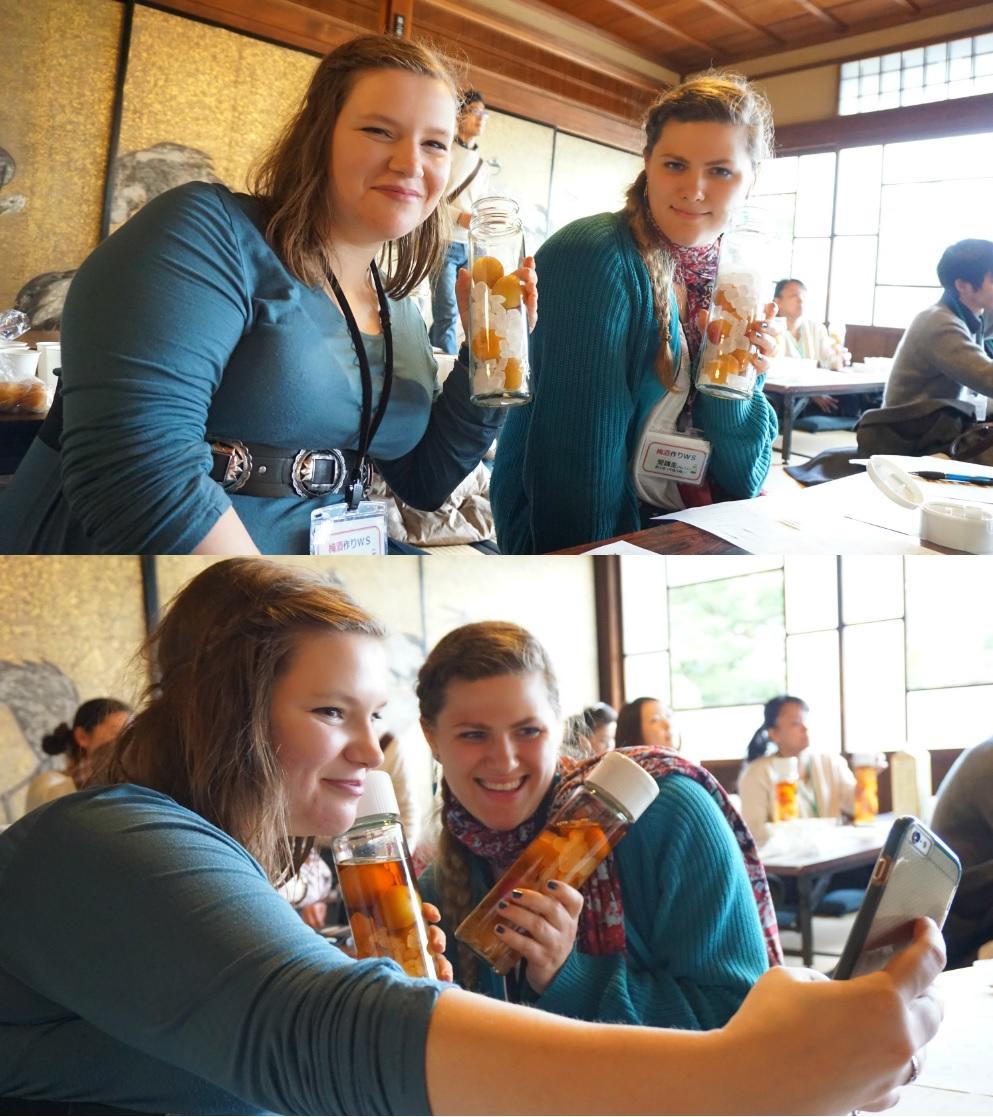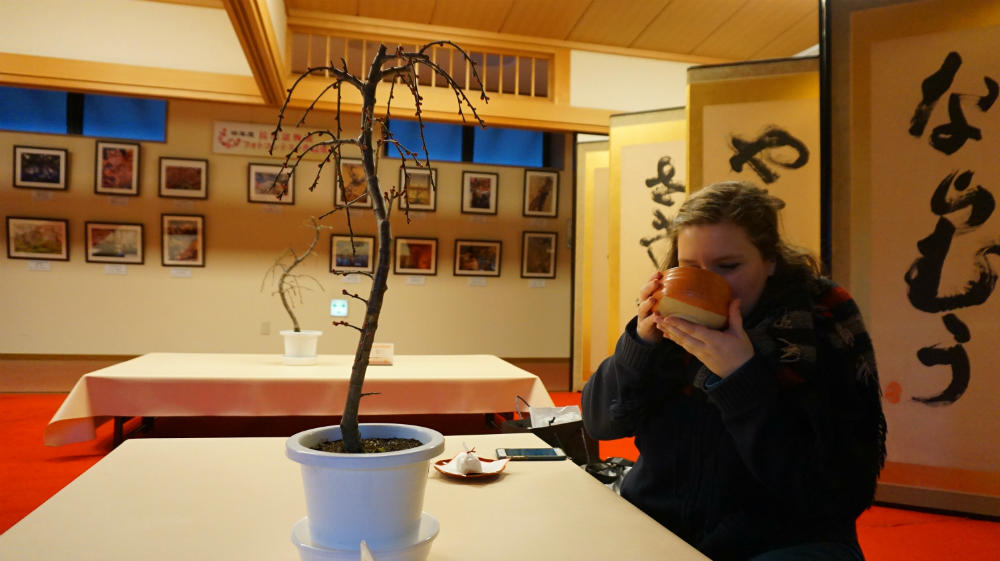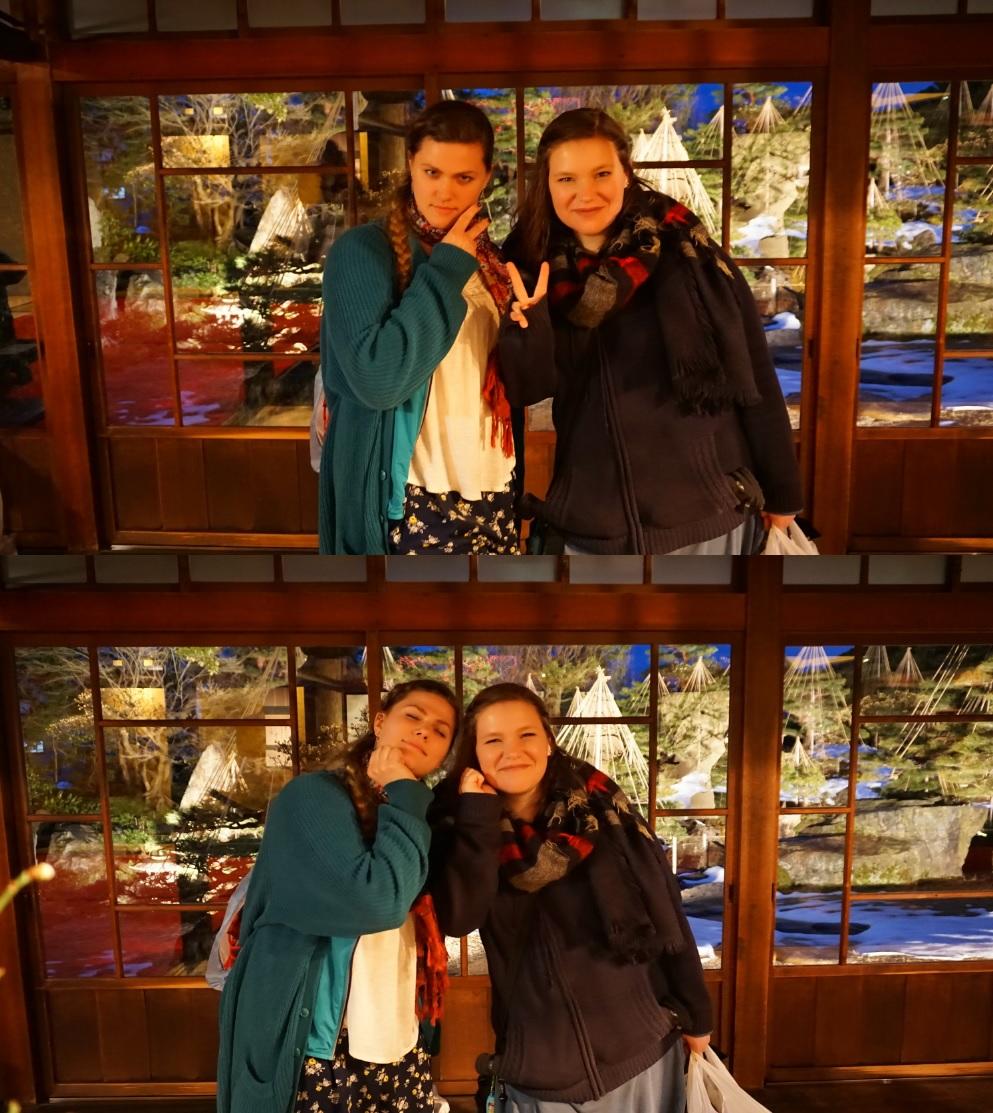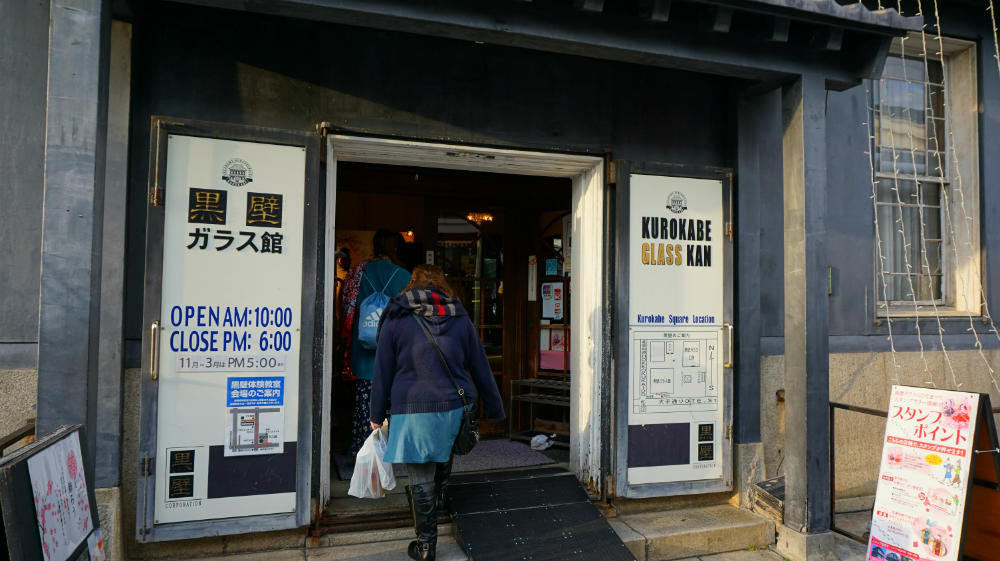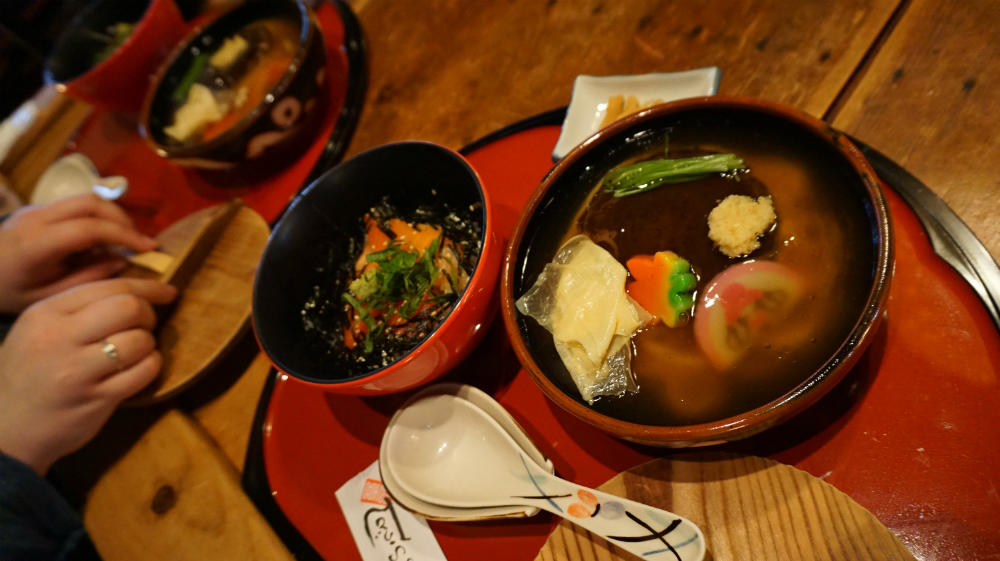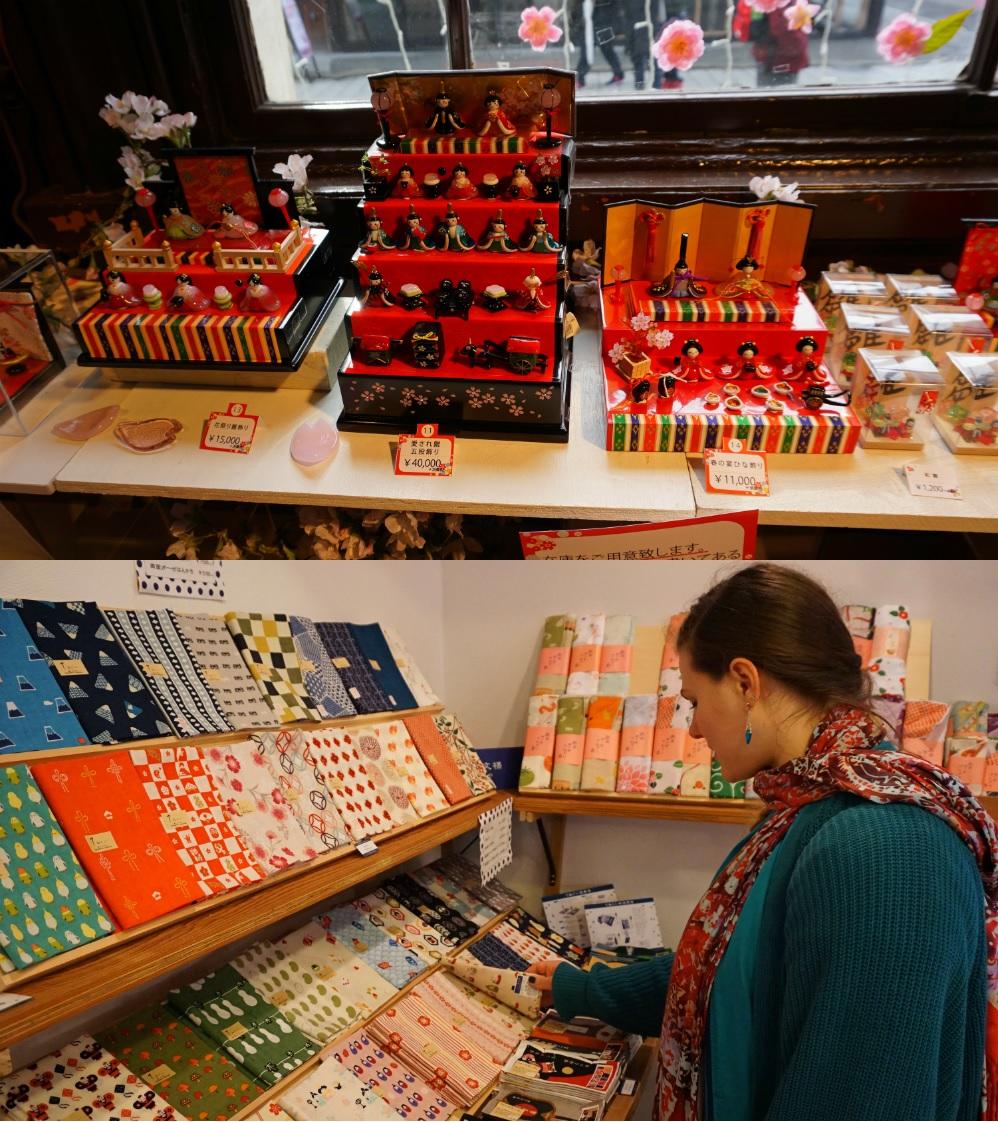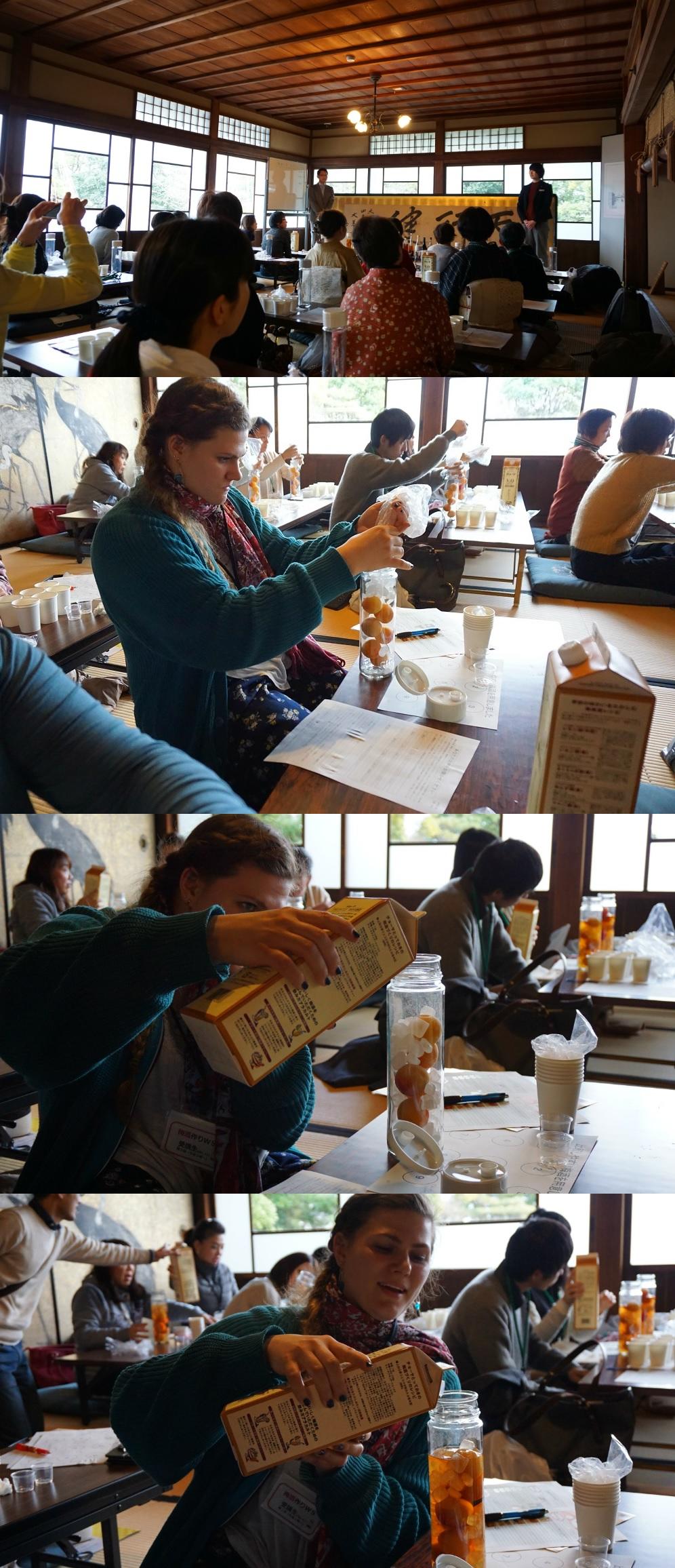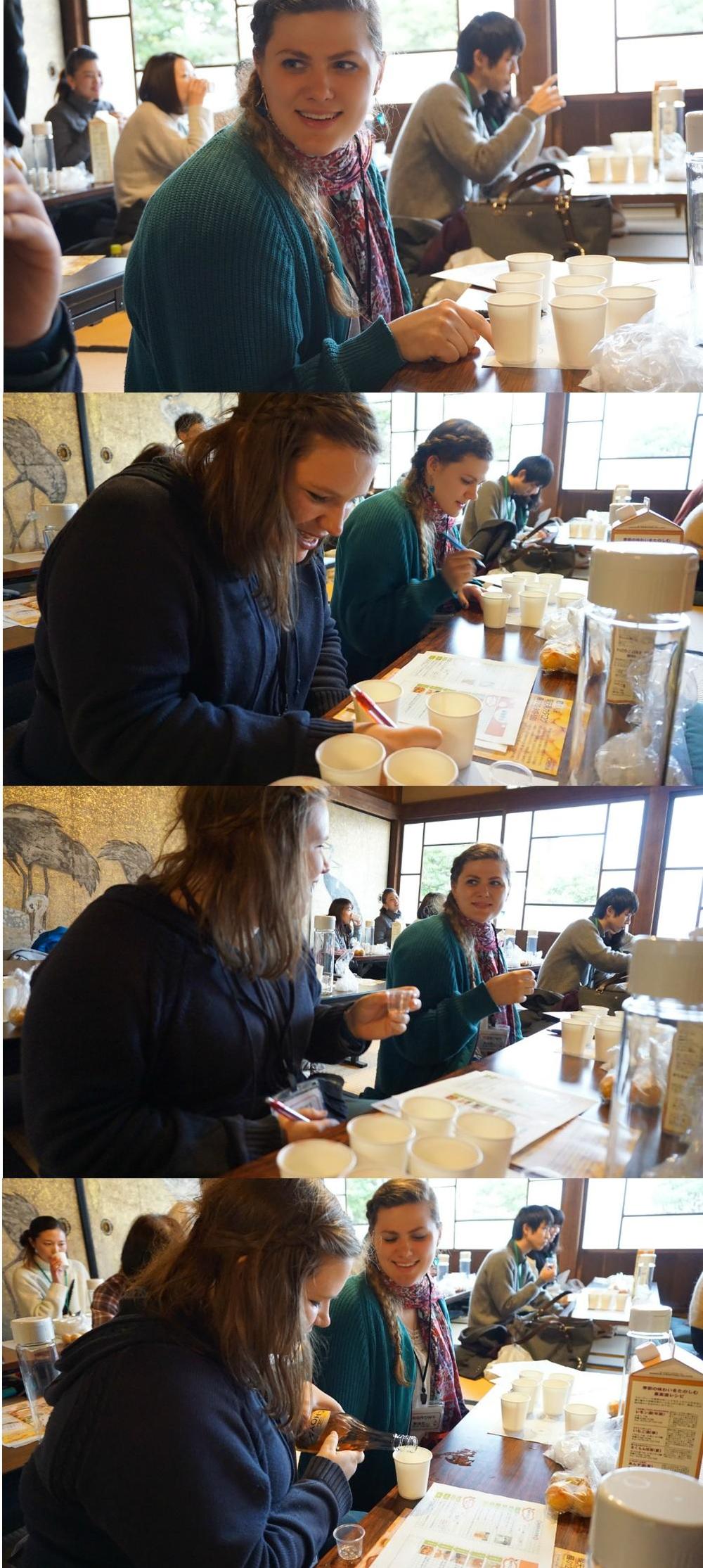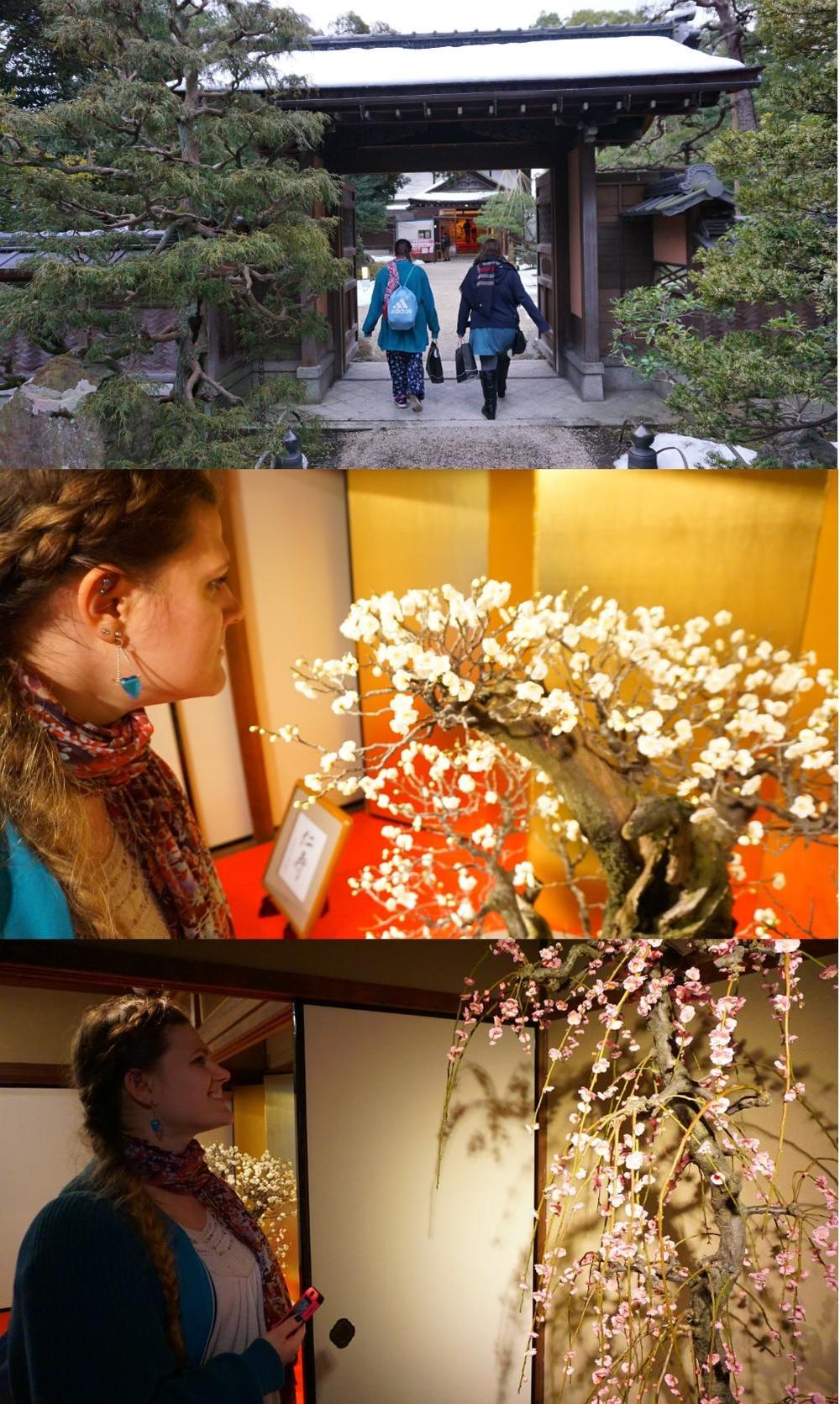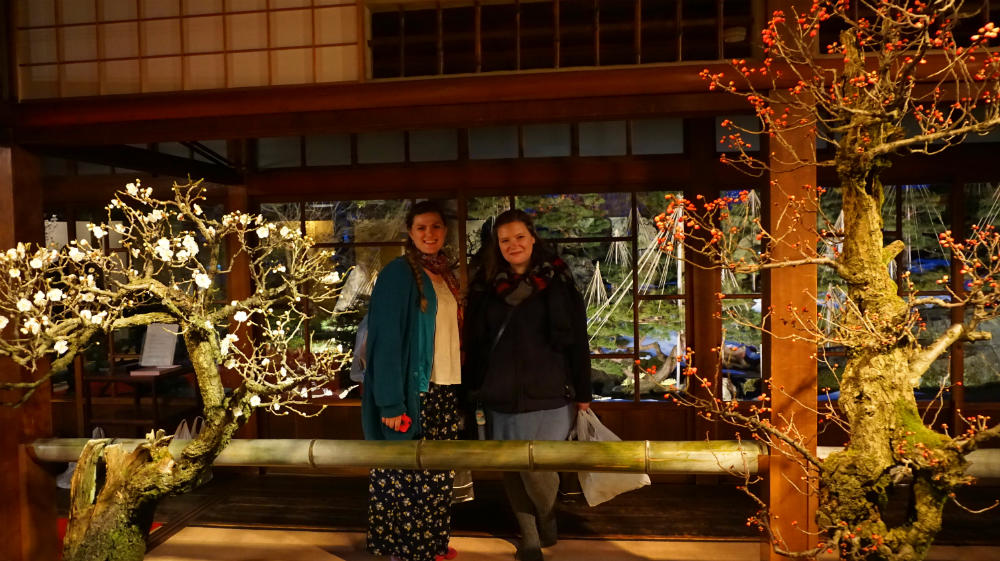Qui connaît Shiga, connaît le lac Biwa, le plus important du Japon. Ses eaux mouillent les berges de trois îles : Okishima, Takeshima et Chikubushima. Après avoir visité la deuxième, nous jetons notre dévolu sur la dernière.
Chikibushima est reconnue comme un lieu de puissance spirituelle, où l'on peut recharger sa barre d'énergie en s'entourant de nature. Lieu sacré depuis l'an 420, l'île abrite aujourd'hui le sanctuaire shinto de Tsukubusuma et les temples bouddhistes de Hogonji. Ils
sont consacrés en partie à la déesse Benzaiten, ou Sarasvati, qui est connectée à l'eau et à tout ce qui coule, dont la parole, la musique et le savoir, et est considérée comme la sainte patronne des artistes. Aussi appelée Benten, c'est la seule divinité féminine des sept
dieux japonais du bonheur modernes.
Nous embarquons au port d'Imazu, sur la côte ouest du lac. Les bateaux de la Biwako Kisen partent d'ici et de Nagahama plusieurs fois par jour. Nous passons les 25 minutes du voyage au grand air, et, bientôt, l'île se dévoile peu à peu jusqu'à ce qu'on aperçoive le port
et une partie des escaliers. Une légende dit que Chikubushima serait la tête coupée d'une déesse-montagne qui aurait osé dépasser le mont Ibuki, et il faut être en forme pour gravir les 165 marches qui mènent directement au pavillon réservé à Benzaiten du Hogonji. Plus
d'un chemin y mène, mais préparez-vous à monter, quel que soit votre choix!
Après avoir payé notre entrée, nous montons, donc, nous arrêtant seulement pour prendre quelques photos et pour le lavage rituel des mains. Le pavillon est entouré de verdure et de plus petits bâtiments. On peut faire signer son livre de sceaux et se procurer une clochette en forme d'oiseau--l'une des 6 à collectionner à différents temples de la préfecture--à gauche, ou prier à une divinité protectrice à droite.
Le temple lui-même nous en met plein la vue : une partie de ses murs est couverte d'un nombre impressionnant de daruma, de petites poupées à l'apparence de matriochkas rouges, peintes à l'image de Benzaiten. En échange de 500 yens, vous pouvez faire un
vœu que vous glisserez dans la poupée, et pour lequel ils offriront des prières pendant une année.
Quittant ce lieu charmant, nous montons jusqu'au point accessible le plus élevé de l'île. Ici se tient une pagode vermillon dont l'intérieur coloré contient un Bouddha doré, ainsi qu'un musée rempli de trésors anciens. La salle n'est pas très grande, mais les artefacts sont
assez intéressants pour qu'on y reste un certain temps. Ce jour-là, nous avons aussi la chance de voir une impressionnante mante religieuse près de la pagode!
Après avoir tout exploré, nous descendons vers la dernière section de l'île, où se cachent le pavillon principal du Hogonji, ainsi que le sanctuaire de Tuskubusuma. Au moment de notre visite, la porte principale de Hogonji était en rénovation, mais elle a depuis été
terminée avec de nouvelles couleurs. À l'entrée, on trouve un Bouddha de bois tout usé : si vous avez mal où que ce soit, vous n'avez qu'à frotter la statue au même endroit pour lui transférer votre douleur! Bien entendu, il vaut mieux éviter de le faire en temps de
pandémie.
Nous suivons alors un corridor étroit jusqu'à un petit magasin et à l'alcôve de dévotion.
Vous pouvez acheter des porte-bonheur, des chandelles ou de l'encens, selon vos besoins. Quelques pas de plus et nous nous trouvons dans le Funa Rôka, ou corridor du bateau, qui mène directement au sanctuaire principal. Son nom vient de son toit, qui faisait
originalement partie du bateau de plaisance de Hideyoshi Toyotomi. Des morceaux du château de ce dernier sont aussi intégrés à l'architecture du sanctuaire.
Comme Hogonji, Tsukubusuma est fait de plusieurs sections. En descendant l'escalier du sanctuaire principal, on se retrouve dans une petite cour avec quelques statues et d'autres pavillons.
Le plus gros de ces derniers, le Ryujin Haisho, est le plus intéressant : dédié au dieu dragon qui habite dans le lac, c'est là qu'on peut participer au kawarake-nage, ou lancer de poteries. Nous achetons d'abord les petits disques en poterie; nous écrivons notre nom sur
le premier, et un souhait sur le deuxième. Il faut alors lancer les disques au travers du torii qui se dresse devant le lac; si vous parvenez à y lancer les deux, votre souhait sera exaucé par le dieu dragon. C'est plus difficile que ça en a l'air et nous ne réussissons qu'à
moitié ce jour-là.
Nos disques lancés, nous retournons vers le port afin de ne pas manquer notre bateau.
Nous descendons le reste des escaliers pour nous retrouver au port avant de relaxer en voguant vers Imazu.
 When given the opportunity to take a trip to Nagahama for a day while studying abroad in Hikone, I knew immediately I had to go. Now, remembering the trip, I will make sure I visit Nagahama again in the future, as there are so much more things to see and do in the area than can fit in one day.
When given the opportunity to take a trip to Nagahama for a day while studying abroad in Hikone, I knew immediately I had to go. Now, remembering the trip, I will make sure I visit Nagahama again in the future, as there are so much more things to see and do in the area than can fit in one day.



 Upon arriving in Nagahama after a scenic drive along the lake, we went to a restaurant called Yokarou that serves local Nagahama food. The inside was set up like a traditional Japanese building, so we took our shoes off and walked around in our socks. Our table was upstairs in a room lined with screens of Japanese art. We were served mackerel on top of somen noodles, a local specialty, along with some sides and green tea. It tasted really good.
Upon arriving in Nagahama after a scenic drive along the lake, we went to a restaurant called Yokarou that serves local Nagahama food. The inside was set up like a traditional Japanese building, so we took our shoes off and walked around in our socks. Our table was upstairs in a room lined with screens of Japanese art. We were served mackerel on top of somen noodles, a local specialty, along with some sides and green tea. It tasted really good.


